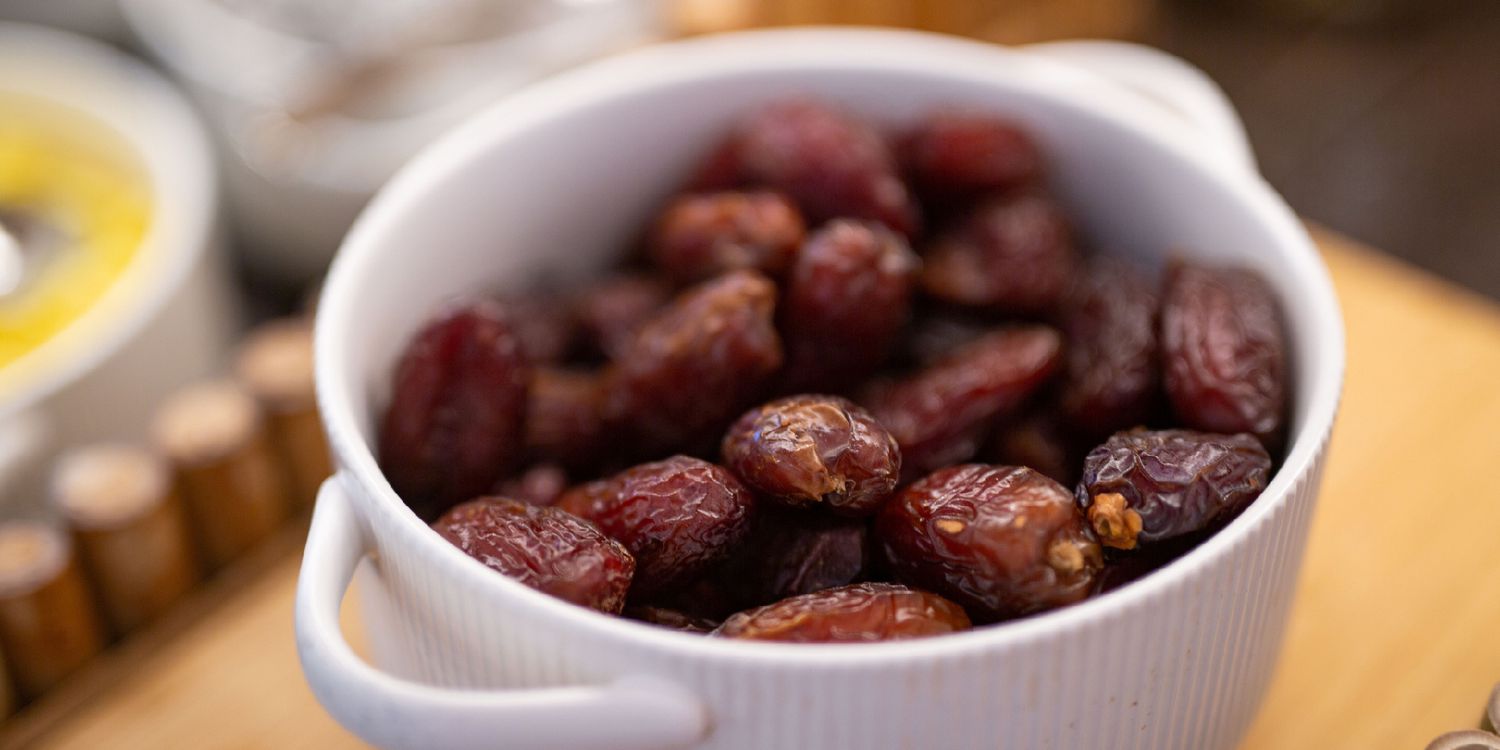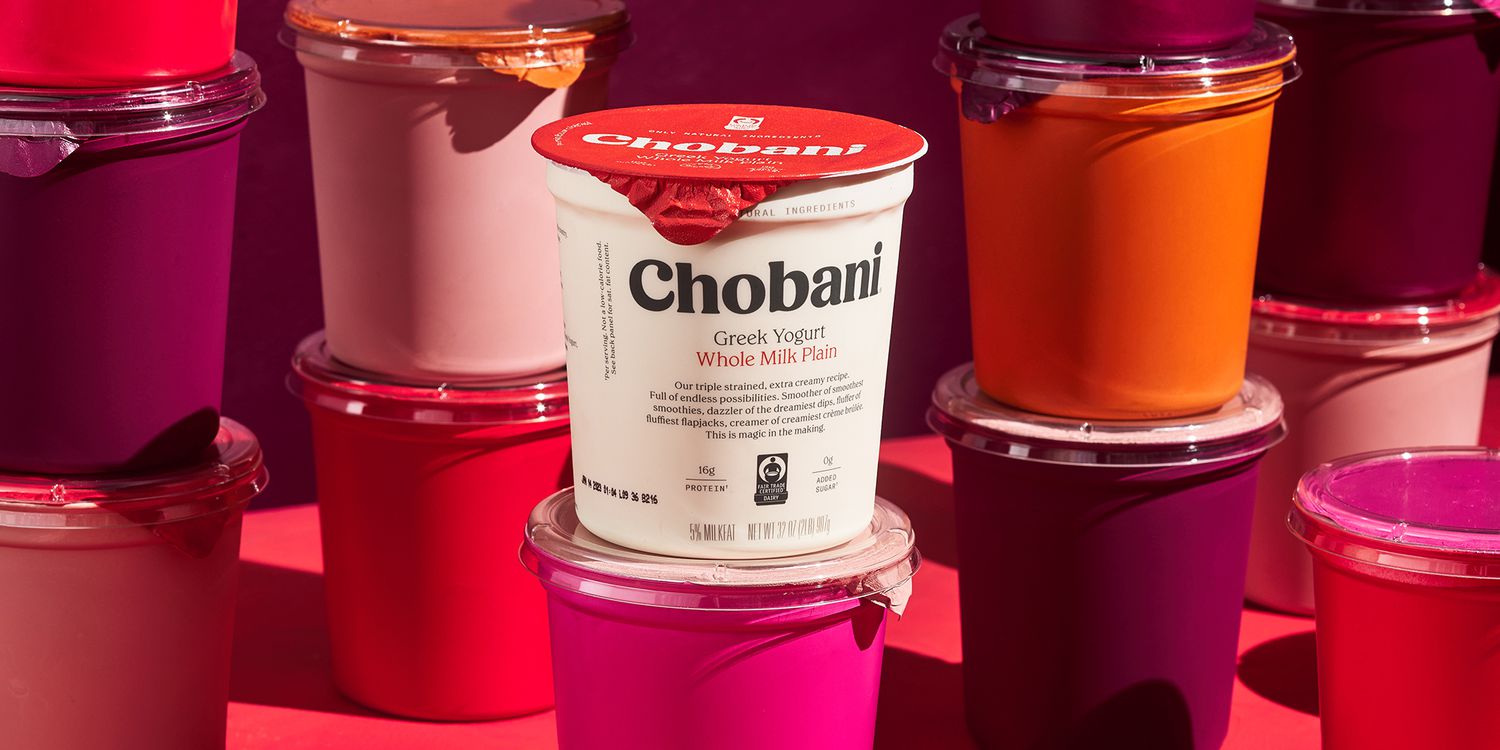Dates are one of the kitchen staples that deserve a spotlight.
They are naturally sweet and tangy, offering a caramel-like flavor that can fix your craving for dessert when eaten whole. You can also get creative with the fruits as they pair well with savory recipes like bacon-wrapped dates and other decadent snacks. They are also an excellent substitute for sugar in baked goods like date cookie bars, muffins, and cakes.
How Long Do Dates Last?
Room temperature: up to 2 months
In the fridge: 6 months
In the freezer: one year
With fresh and dried varieties at the grocery store, you may wonder how long dates last and which form of dates would be more suitable for everyday cooking. Before stocking up on boxes or bags of dates, find out the three best ways to store dates to enjoy this fruit year-round.
Dates’ shelf life can vary depending on their variety and state at purchase time. Fresh dates don’t last as long as dried dates because the latter has less moisture and a higher sugar concentration. Generally speaking, fresh dates don’t last as long as semi-dried or dried dates.

Kim
Get the recipe:Date Cookies
How to Store Dates
To maximize fresh and dried dates’ shelf life, where you store them could determine how long the fruits will last. Generally speaking, dates stored in the freezer have the longest shelf life. However, whether you choose to keep the fruits at room temperature, in the refrigerator, or in the freezer depends on how much and how often you use them in your cooking.
Humidity also affects the dates’ freshness and quality. Dates in their unopened packages are ideally stored in their original package in a cool area away from heat and sunlight.
As noted earlier, storing dates in a vacuumed bag is also best for retaining the fruits’ freshness, flavor, and texture, reducing bacterial and fungal growth, and slowing down spoilage. Stowing them in an airtight container is the next best option as this method also minimizes the air the dates are exposed to.
How to Freeze Dates
If you have fresh dates that you want to save for later use, you can follow these steps to freeze them properly.
- Clean the dates’ surfaces and remove their pits.
- Line a baking sheet with parchment paper and place the pitted fresh dates on the sheet slightly apart. Placing the dates one by one on the sheet prevents the fruits from sticking to each other.
- Put the lined baking sheet into the freezer for a few hours until the dates become firm.
- When the dates are hard and firm, take the baking sheet out from the freezer and transfer the frozen dates into a vacuumed bag or airtight container.
While frozen fresh dates last longer than their fresh and refrigerated counterparts, thawed dates have a softer and mushier texture than fresh ones. Thawed dates are best in recipes where texture isn’t an issue, such as smoothies or chopped into pieces for baking.
How to Tell If Dates Have Gone Bad
Change in Flavor
Dates are naturally sweet and tangy with caramel-like flavors. When they taste acidic or bitter, they may have spoiled. You can tell they have gone bad when they have a fermented or alcoholic smell or an off-putting smell that doesn’t smell like fresh dates.
Change in Color
When you notice a change in color on both the inside and outside of the fruit, whether they become discolored or darker, these are signs that the dates have spoiled.
Mold Growth
Dates have a lower water content than other fruits, and semi-dried dates have even less water. The chance of mold growing on dates is less than other produce, but when you see the fuzzy mold growing on the fruits’ skin, don’t hesitate to toss them away.
Slimy Texture
Dates are naturally sticky because of their high sugar content, but when they look and feel slimy, you don’t need to take a second guess in placing them in the compost bin.
Unwanted Bugs and Insects
Because of the fruits’ naturally high sugar content, dates could attract unwanted visitors, like mites, insects, and fungi, during ripening, harvesting, post-harvesting, and storage. Placing dates in a sealed container or vacuumed bag is best to keep these pests at bay.
Before taking a bite on the dates, check the outer skin layer of the fruit. If you notice any tiny brown specks, chances are there could be insects in the fruit, and you may want to cut it open to further inspect.




